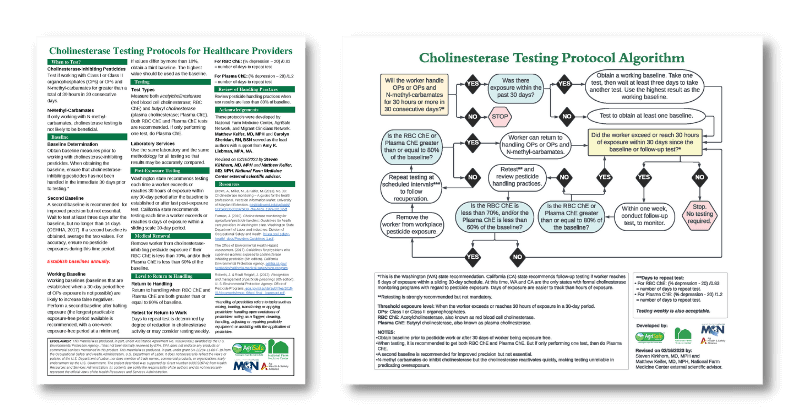Evidence is increasingly emerging about chronic health implications from both acute and chronic exposure. A growing body of epidemiological evidence demonstrates associations between parental use of pesticides, particularly insecticides, with acute lymphocytic leukemia and brain tumors. Prenatal, household, and occupational exposures (maternal and paternal) appear to be the largest risks.
This report from the American Academy of Pediatrics reviews findings from population studies and related animal toxicology studies linking early/ parental exposure to pesticides to adverse birth defects and health conditions in children.
© AAP - 2012; This document is copyrighted and is property of the American Academy of Pediatrics and its Board of Directors.
